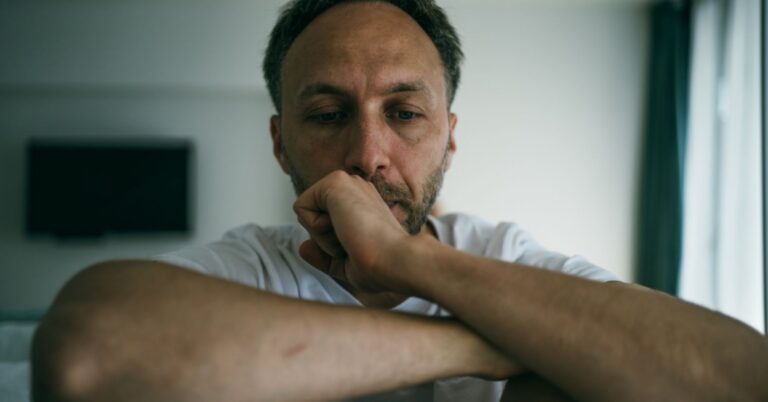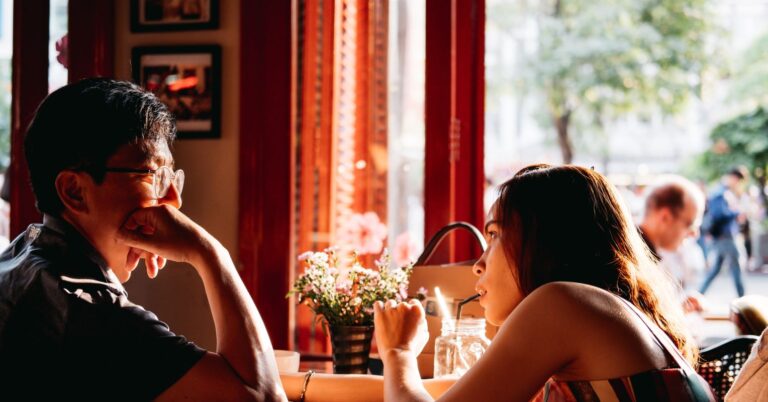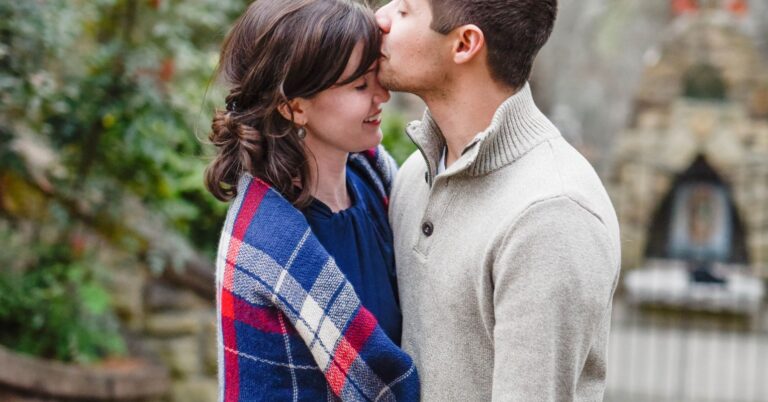Anxiety robs people of their confidence, injects unnecessary worry into their lives, and holds them back from reaching their potential.
This is a huge problem that affects approximately 30 percent of adults at some point in their lifetime. Anxiety is nott limited to adults. Thirty-two percent of all youngsters will experience significant anxiety sometime during adolescence.
Anxiety comes in many forms. Panic Attacks, PTSD, phobias, social anxiety, generalized anxiety, and OCD are just a few examples. It is also extremely widespread. About 30 percent of adults will struggle with significant anxiety during their lifetime, and more than 30 percent of adolescents will also wrestle with these fears prior to reaching adulthood.
Although anxiety wreaks havoc on so many lives, most people never reach out for help. Those who do seek advice from their doctors very often are given medication. Although drug therapies have their place in the tools used to fight anxiety, a pill does not teach anyone how to deal with the problems that first led to anxiety.
Those who are referred for psychotherapy are fortunate in that they have an opportunity to figure out what has given rise to their fears, and how they can take the initiative to live in such a way that these fears are diminished or resolved.
A Better Way to Overcome Anxiety
The ideal intervention for anxiety would be one that did not require the expense and time commitment of therapy, nor the cost and side effects of medication. One intervention that research has shown to be effective costs nothing, takes very little time, and is free from side effects, is meditation.
When I first bring up the idea of meditation to my patients, many of them imagine sitting in a lotus position, incense burning, the sounds of chanting wafting in from another room, and there being the need to remain still for hours at a time.
Although I’m sure we all love an occasional chanting session with a little incense burning nearby, none of that is required for meditation to be effective.
What is needed is consistency and practice. Meditating is a skill. Some people are naturals. They take to it like the proverbial duck takes to water. But most of us need some time. It’s not terribly hard to acquire the skills needed for meditating, but a period of trial and error is pretty common if you are new to it.
Unfortunately, many people expect it to work right away. They are under the mistaken belief that it is so simple to do correctly that if they are not experiencing benefits after one or two attempts, it must not work for them.
That conclusion is nearly always premature. Becoming good at meditating takes practice. So does learning to cook, throw a curveball, play the guitar, solve math problems, etc. Millions of people learn each of those skills. Learning to meditate is easier than learning any of these other skills. Nearly everyone can learn to meditate effectively if they apply themselves for a week or two.
Having done so, they now have an anti-anxiety tool that goes with them wherever they are… think of it like a Swiss army knife, only you don’t have to remove it from your carry-on when going through the TSA line.
But some will ask “Wouldn’t it be easier to just take medication?”
Absolutely. What’s more, sometimes medication is the best solution. It just depends on the individual’s specific circumstances.
Even so, there are downsides to medication when you compare it to meditation. These include side effects; the high percentage of people who do not respond as expected; the cost of medication; the need for refills and repeated visits to a physician; the finding that anxiety frequently returns when medication is stopped, and; taking medication instills the idea that control over anxiety comes from outside yourself, rather than control comes from your own ability to effectively resolve distressing emotions.
On the other hand, the benefits of using meditation include:
One, that it is free of the side effects sometimes experienced when taking a prescription drug.
Secondly, medication comes with a financial cost, meditation is free.
Third, meditation is 100 percent under the control of the individual whereas drugs require a physician to write a prescription.
Fourth, a bottle of medication eventually runs out and a refill is required whereas the ability to meditate is always available.
What’s more, meditation can be just as effective as medication when it comes to reducing anxiety.
There are a wealth of other potential benefits as well including improved sleep quality; reduction in coronary disease; improved immune response, and; reduction of the psychological impact of chronic pain.
Mindful Meditation
Convinced it is worth giving a try? If so, you should start by learning mindfulness meditation.
This form of meditation enhances your ability to be “in the moment.” Some refer to this as “being present.”
As this skill improves, anxiety lessens. It loosens its grip on your day-to-day life.
This makes sense because anxiety arises from fears about what will happen in the future (whether that be an hour away or several years from now). By refocusing your thoughts on the present, fears related to the future recede.
To engage in mindfulness meditation take the following steps:
- Find a place to sit comfortably where no one will interrupt you for a few minutes. Turn off your phone and other distractions. If you wish to chant then go for it, but I suspect it will draw attention and someone may think they need to call 911.
- Set a timer to chime when the allotted time for meditating is completed. If you don’t set a timer you will continue to check the clock. This is not helpful.
- Take a slow deep breath through your nose. Do not hold your breath when you have fully inhaled. Instead, pause briefly and exhale through your mouth. This involves a three or four-second inhalation followed by a similarly protracted exhalation.
- Mentally picture yourself escorting a judge outside the room where you are sitting. Inform the judge that you need some time alone and he or she can return when you are done meditating. The judge smiles, nods in agreement, and tells you to enjoy some alone time.
- Resume your slow steady breathing. Now begin to focus on your bodily sensations. The feel of each inhalation and exhalation. The texture of the chair upon which you sit, the temperature of the room, etc.
- Expand your attention to sensations by noticing the colors of the room, the smell of the air, and the sounds that may arise in the distance. Don’t question, just notice.
- Expand your attention further by observing with an attitude of detachment the thoughts that come into your mind. Your goal is not to judge the thoughts (remember, you escorted the judge out of the room). Just use the observing portion of your mind to take note of what thoughts arise and let them pass by followed by other thoughts.
- Let your attention fall upon any of the sensations you previously took note of, savoring the colors, textures, and sounds that come to you, but withholding any judgment about those sensations or any thoughts that accompany them.
By this time the chime will ring. Take one more deep breath, relax, and resume your day.
Repeat every day (or twice a day) and you are likely to begin to see anxiety lessen within a week or two. It may be two or more months before your progress eventually evens out and you are able to judge its full effectiveness.
Conclusion
Mindful meditation is a powerful anti-anxiety activity that nearly anyone can learn and implement immediately. When performed daily over the course of several weeks it often results in the marked diminution of anxiety.
The amount of time required to engage in meditation each day is much less than what most of us spend browsing the internet before finishing our first cup of coffee. Put another way, all of us can find the time for a 20-minute meditation.
Go give it a try. Don’t put it off. A life with less anxiety and more joy might be right around the corner.





















+ There are no comments
Add yours